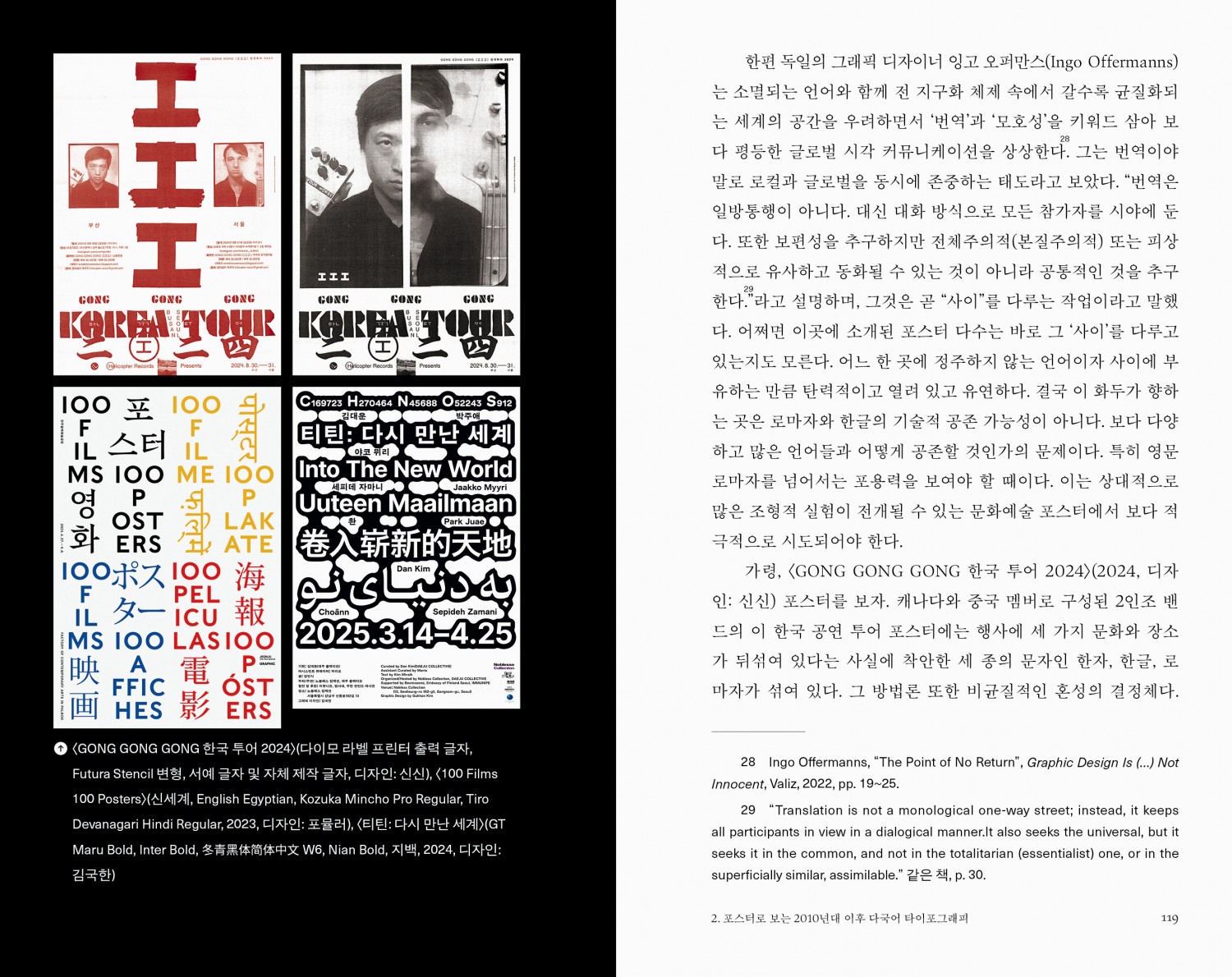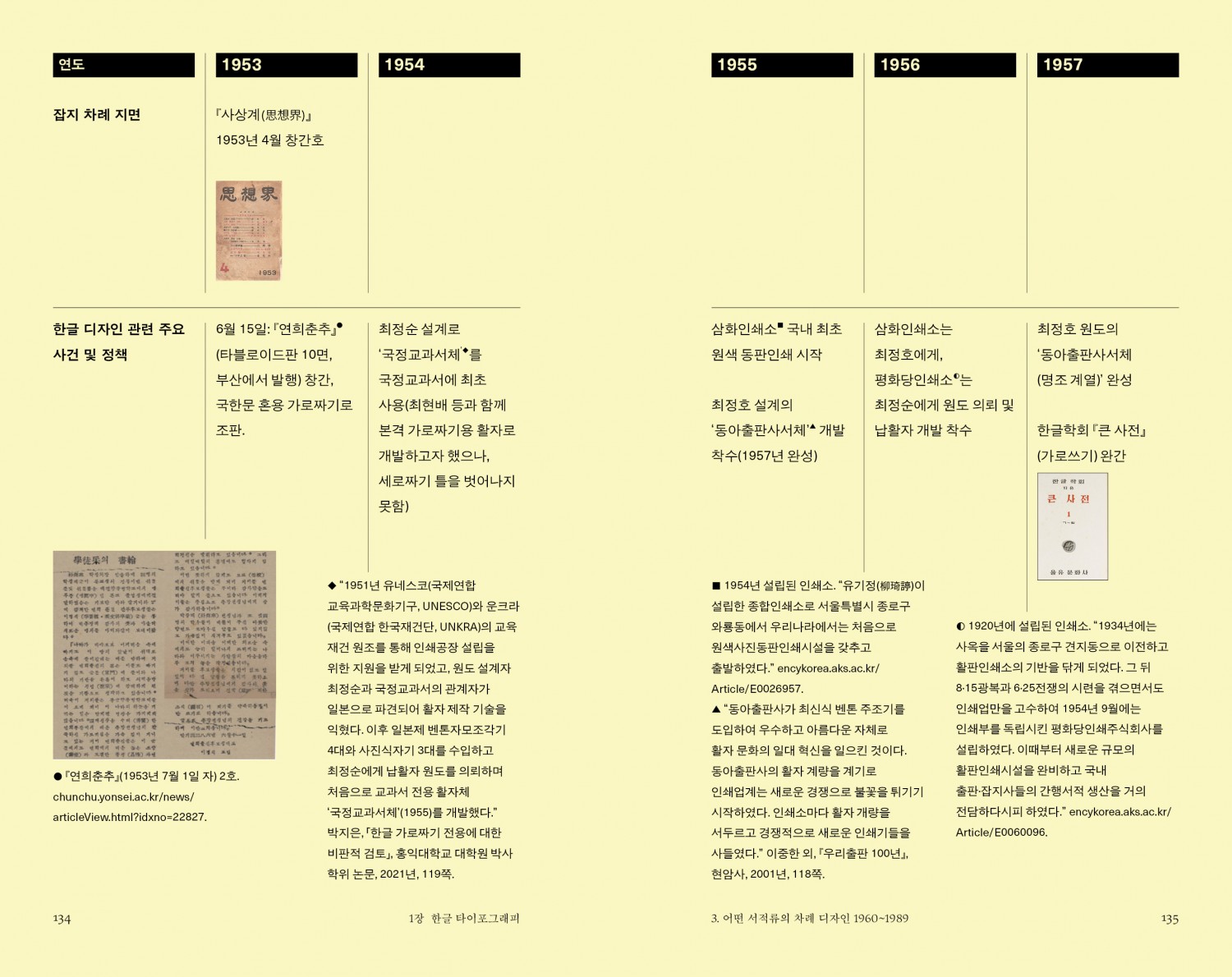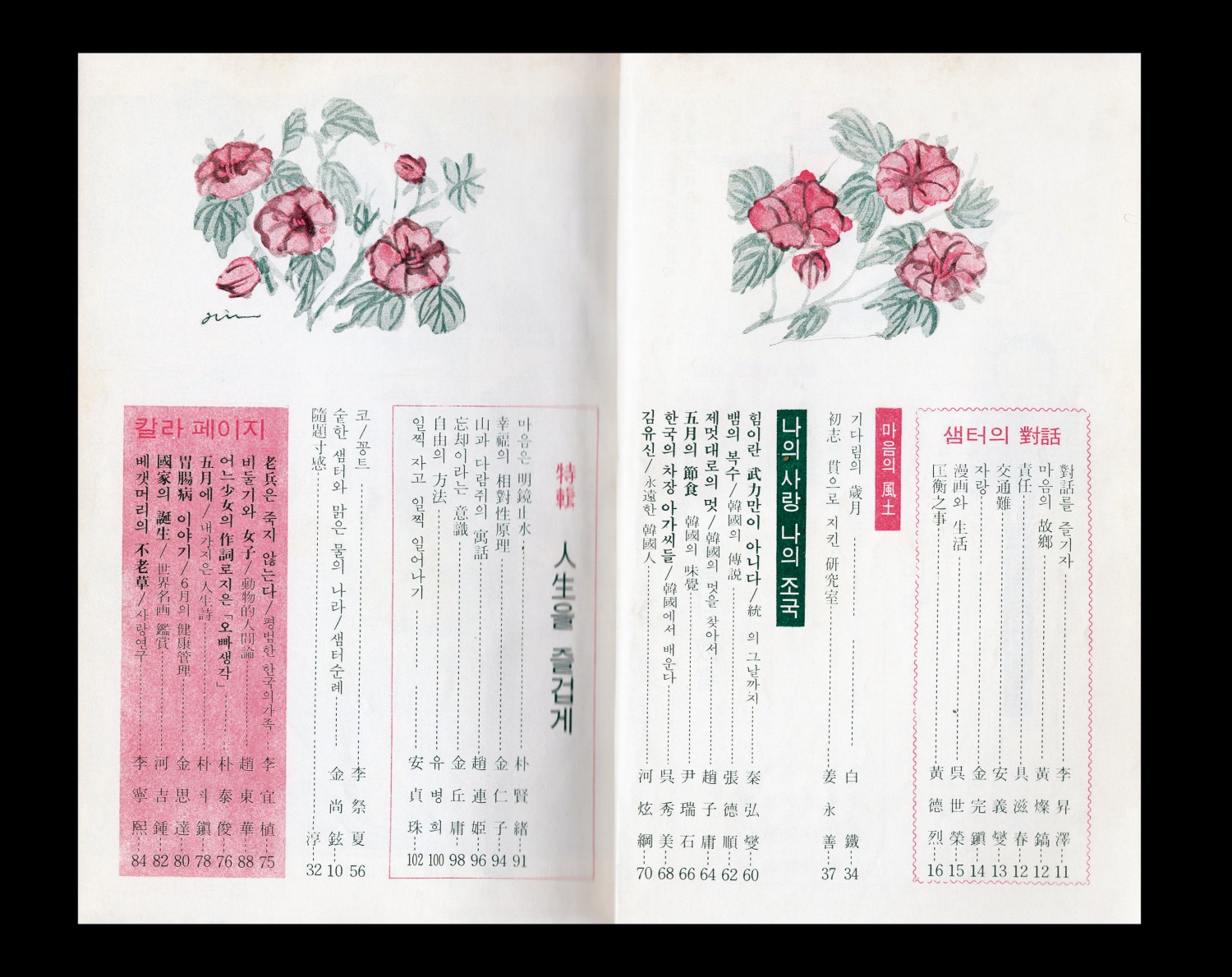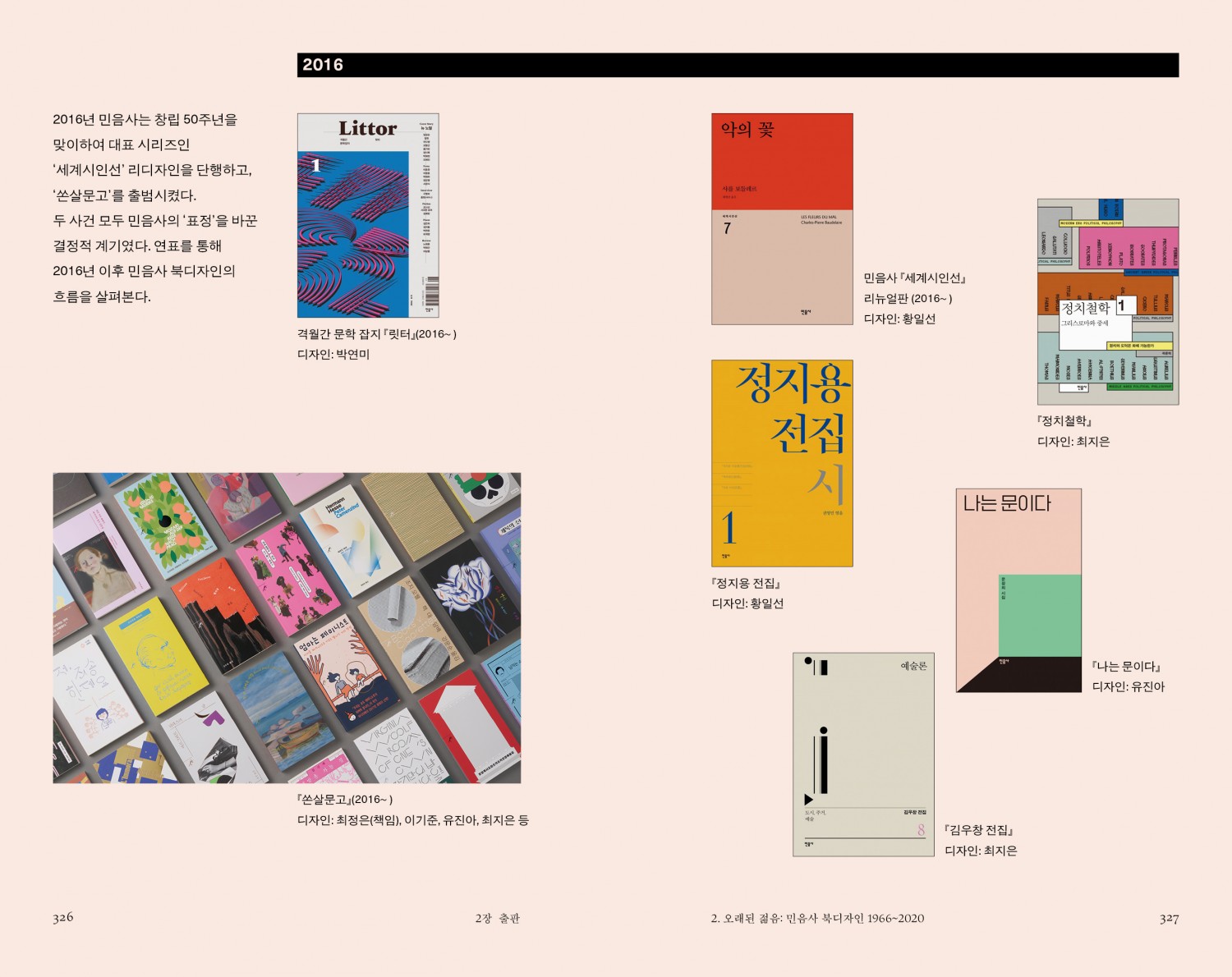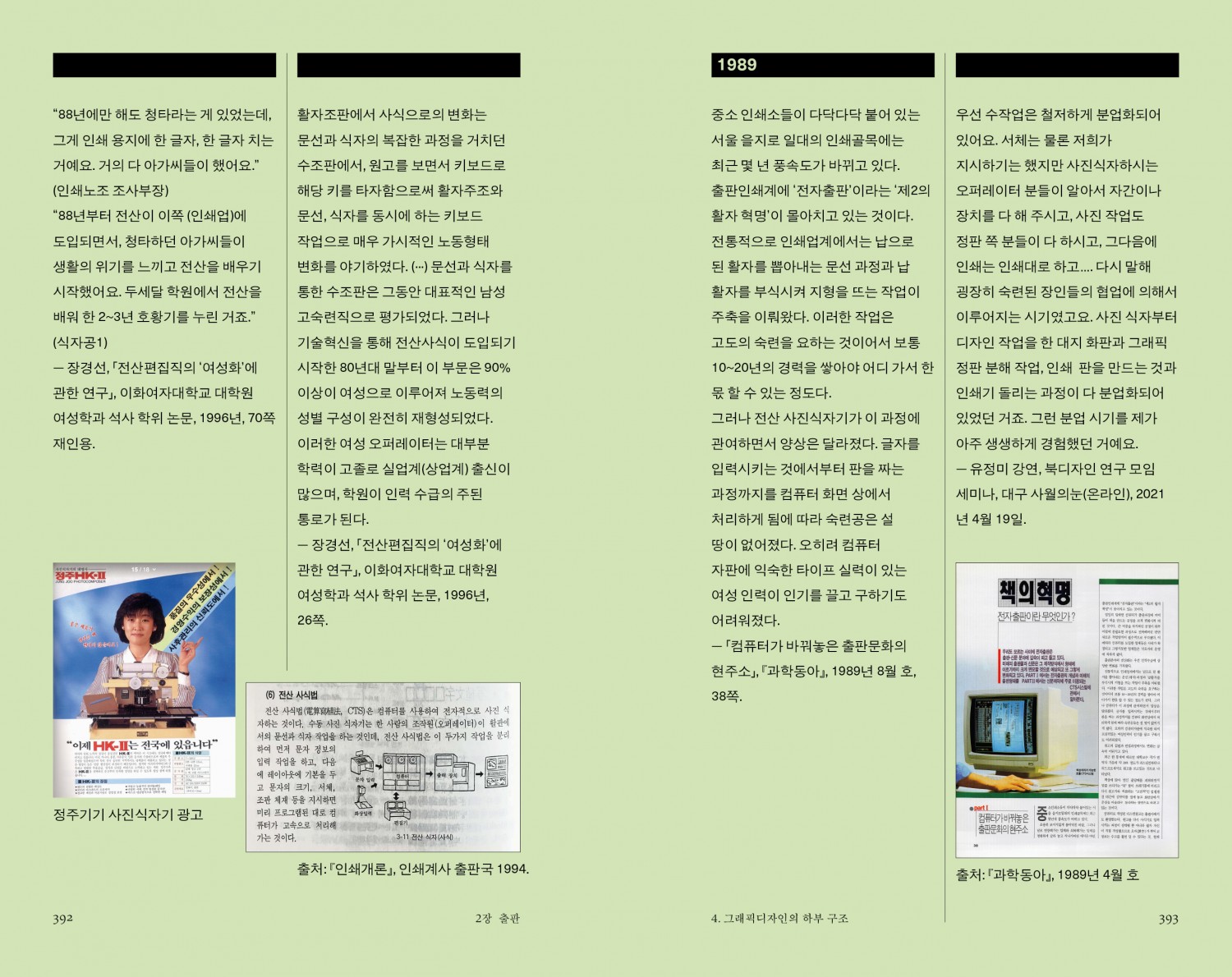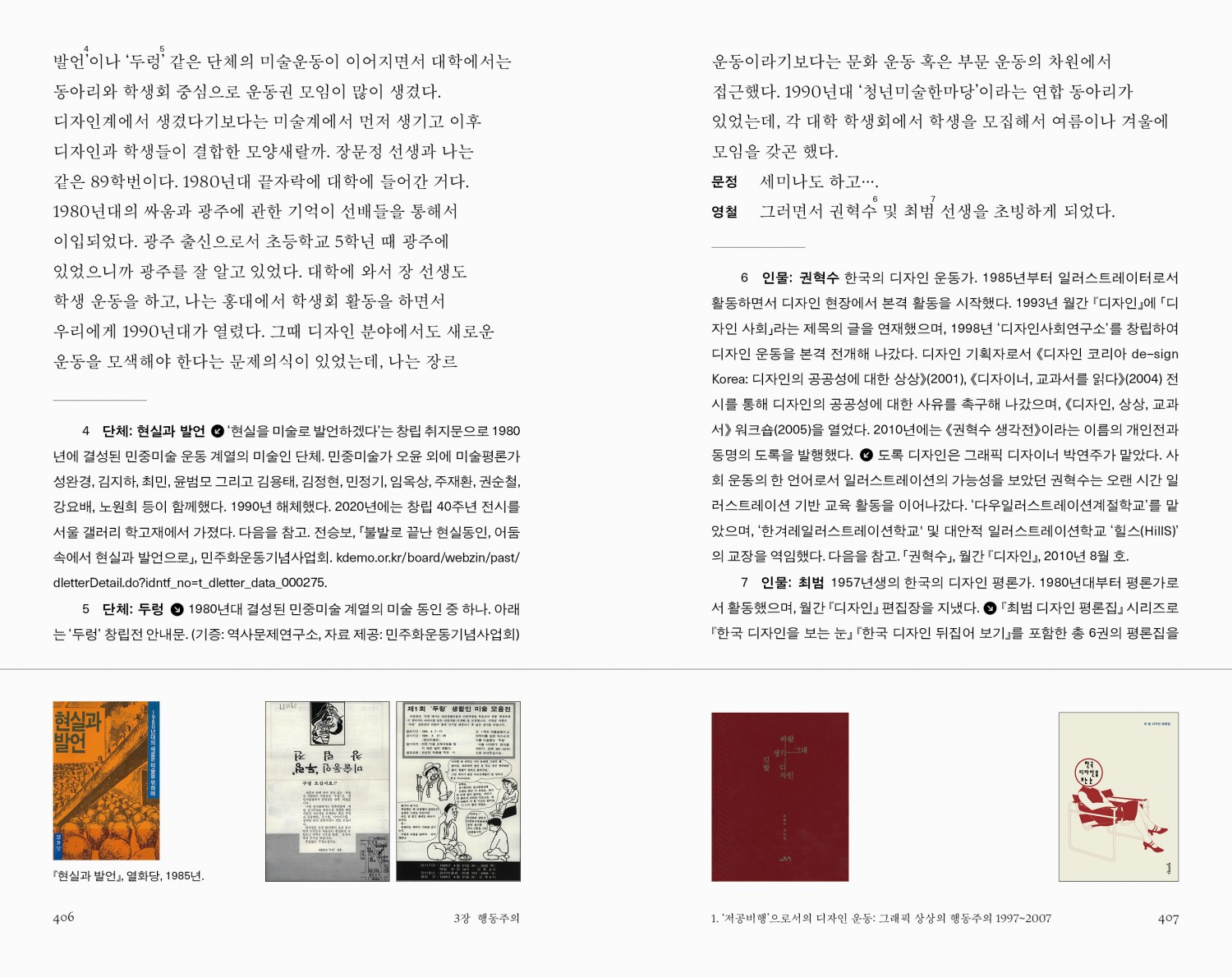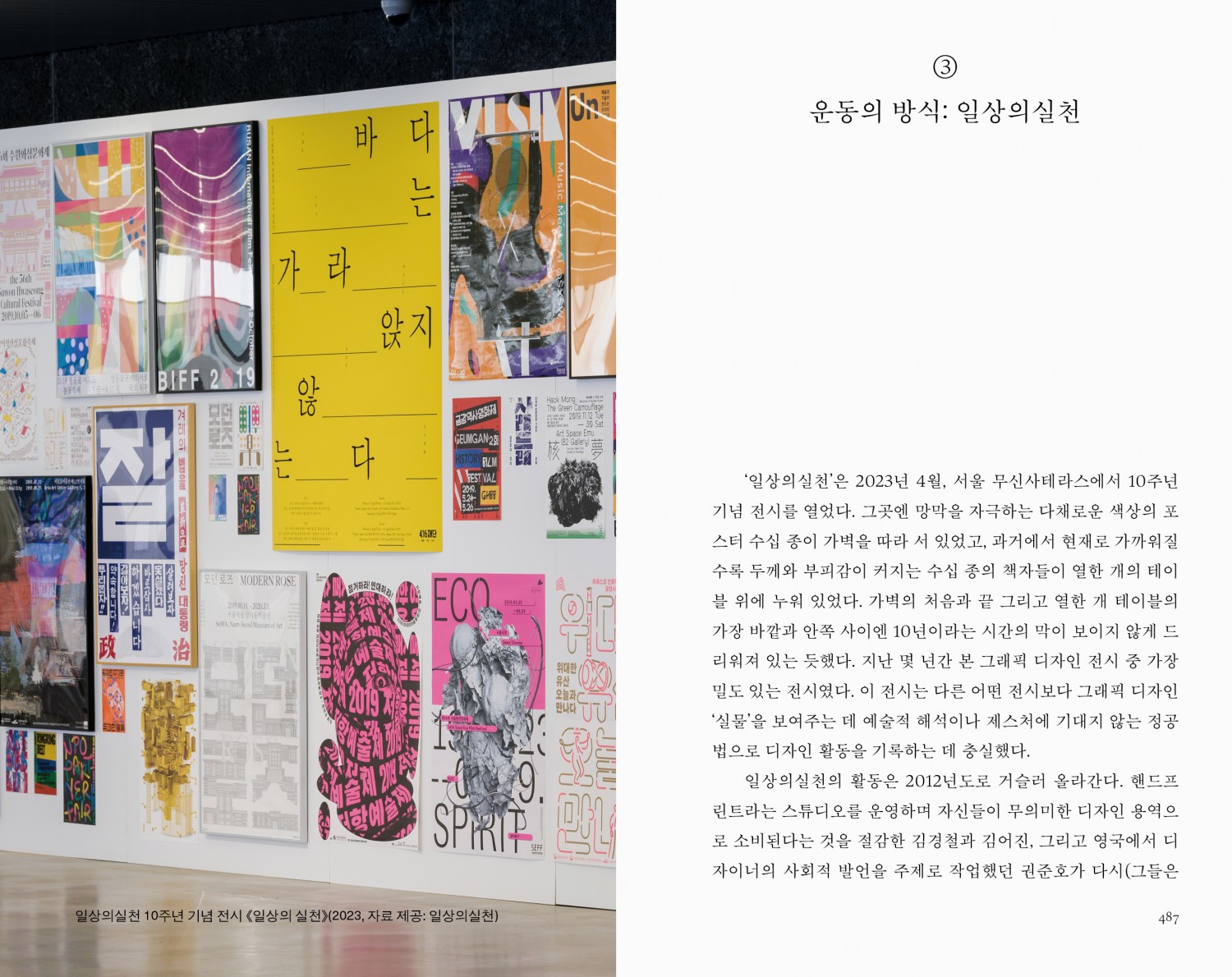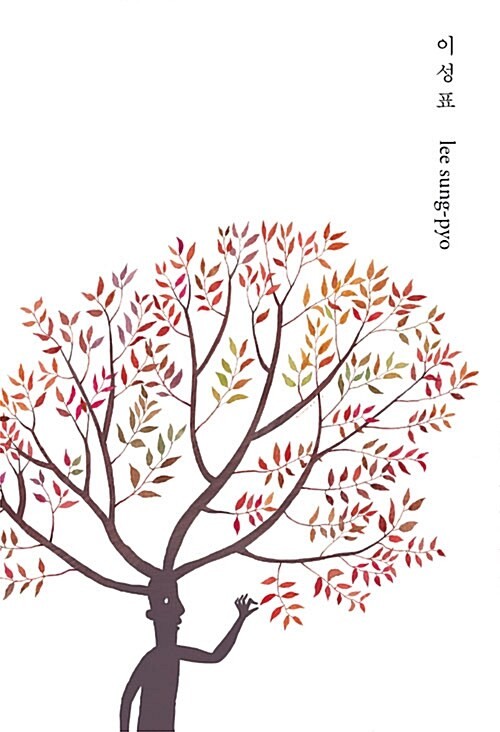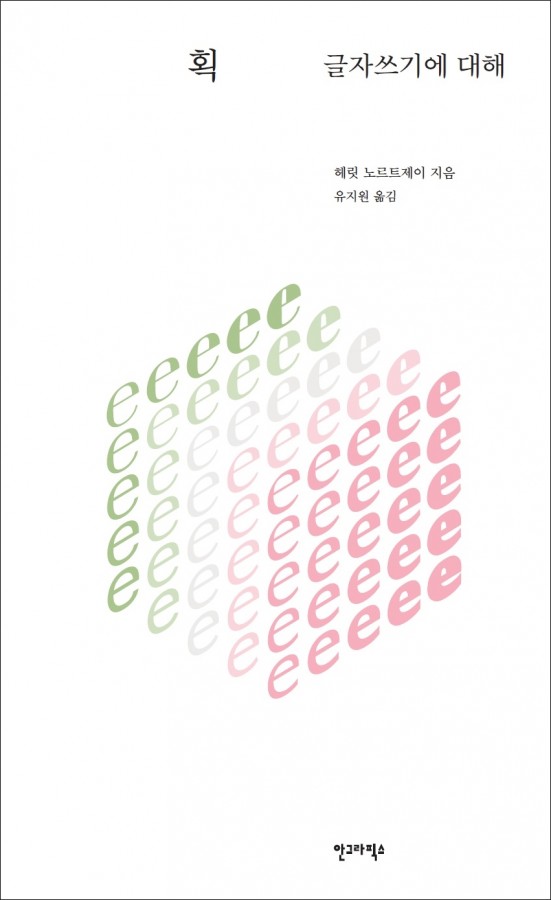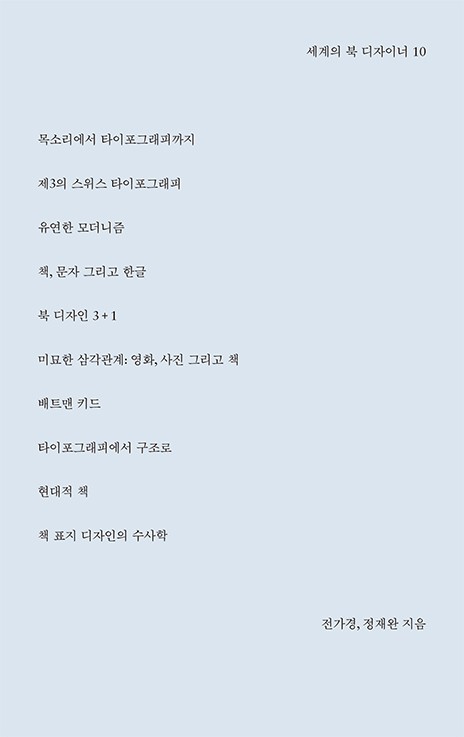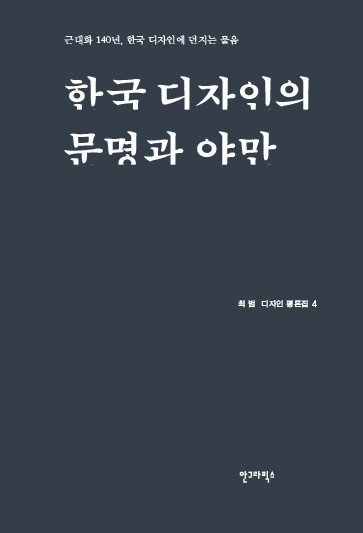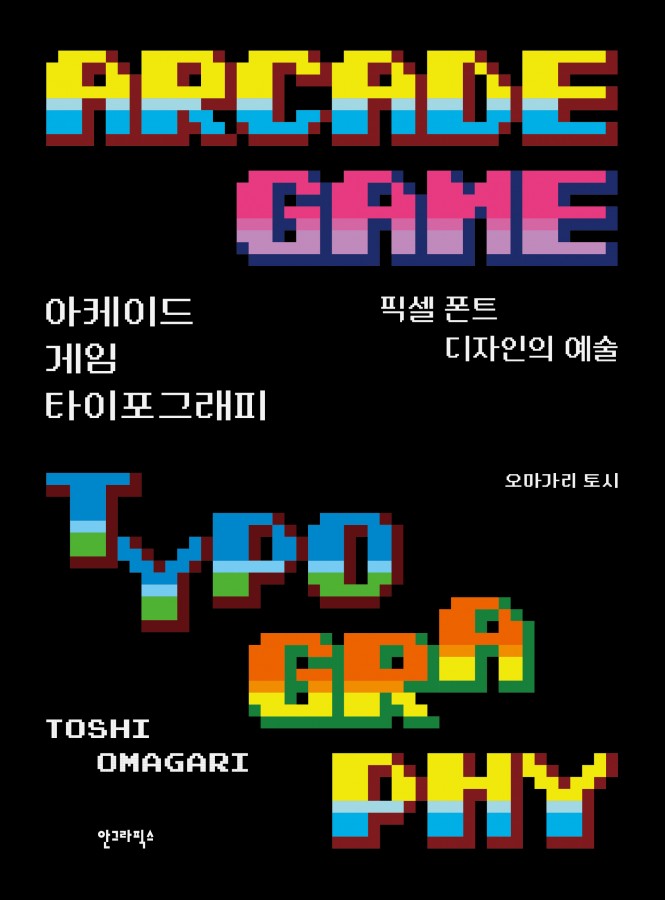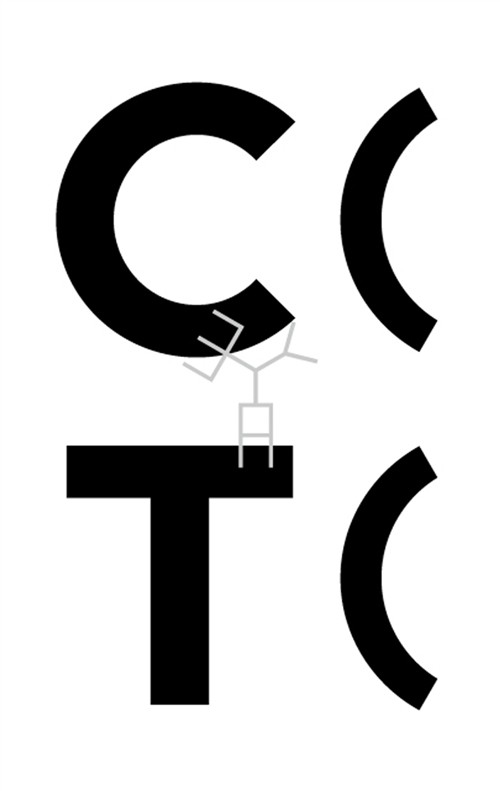The essential critical history of Korean graphic design —
from Hangeul typography to activism, redefining design’s cultural power
Graphic Critique traces the evolution of Korean visual culture from the 1970s to the present through three interwoven themes: Hangeul typography, publishing, and design activism. The book explores how designers confronted technological and political constraints, from the rigid “square frame” system of Korean typesetting to experimental poster design and digital font creation.
It also reconstructs the cultural landscape shaped by progressive publishing in the 1980s–90s, including landmark magazines. Finally, it documents the activist practices of designers in the 2010s–20s, including feminist collectives (FDSC), social design studios, and movements addressing labor, climate change, and minority rights.
This is the first comprehensive attempt to articulate Korean graphic design history as a cultural and political field, offering global readers a new lens on the relationship between typography, publishing, and social practice.
Kay Jun is a design writer, researcher, and curator based in Korea. For over 16 years, she has written and lectured extensively on Korean visual culture and graphic design history. She is the author of Conversations on the Spread (interview collection), co-author of Ten World Art Directors and Ten World Book Designers, and curator of XYZ: Korean Graphic Design of the 1990s. She also directed the 2025 Jeonju International Film Festival’s exhibition 100 Films, 100 Posters.
